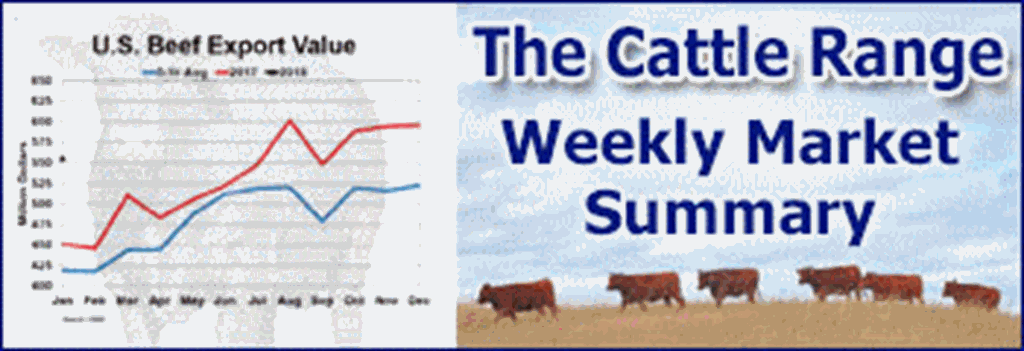The U.S. cattle industry is nearly five times the size of the Mexican cattle industry and nearly eight times the size of the Canadian industry.
Derrell S. Peel, Oklahoma State University
Canada, Mexico and the U.S. make up the bulk of the North American cattle industry and consists of 116.1 million head, with the U.S. representing 75.1 percent (87.16 million head); Mexico with 15.4 percent (17.8 million head) and Canada with 9.5 percent (11.1 million head). Cattle trade between these three countries is part of the increasingly integrated cattle and beef market on the continent.
Total annual U.S. imports of cattle has averaged 1.93 million head in the past decade with an average of 1.16 million head from Mexico (60.5 percent) and Canada averaging 0.764 million head (39.5 percent). In the first four months of 2024, cattle imports were 762,450 head, up 17.1 percent year over year. Cattle imports from Mexico were up 17.3 percent and imports from Canada were up 16.8 percent over one year ago. Cattle imports from January-April consisted mostly of feeder cattle (69.9 percent) with 90 percent of those from Mexico. Cattle imports from Mexico are almost entirely feeder cattle (99.4 percent), with just a few breeding and slaughter cattle. Feeder cattle make up just 18.9 percent of cattle imports from Canada. In addition, cattle imports from Canada include 60 percent fed cattle for slaughter and 19.6 percent slaughter cows and bulls.
The U.S. does export some cattle to Mexico and Canada. The vastly larger size of the U.S. market means that imports inevitably far exceed cattle exports. Cattle exports to Mexico and Canada have averaged 13.8 percent of imports in the past decade but were as high as 28.8 percent of the level of imports in 2021. In that year, total cattle exports were 0.511 million head with 77.1 percent to Canada, 18.1 percent to Mexico, and 4.8 percent to other destinations. From January-April this year, a total of 116,084 head of cattle have been exported from the U.S. with 90.9 percent destined for Canada (82.0 percent) and Mexico (8.9 percent).
Cattle prices in the U.S. are currently at or near record levels and moving higher. International markets generally respond to U.S. cattle and beef market conditions in a predictable and expected manner. High U.S. cattle prices will attract more cattle from available sources and it is not surprising for cattle imports to increase somewhat in this situation. However, it is important to remember that the relative sizes of the North American markets limit the extent of possible trade flow changes. The U.S. cattle industry is nearly five times the size of the Mexican cattle industry and nearly eight times the size of the Canadian industry. Changes in trade will result in relatively minor market adjustments but will not change the level or trajectory of U.S. cattle prices.
















